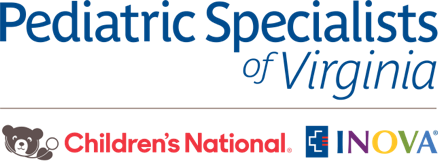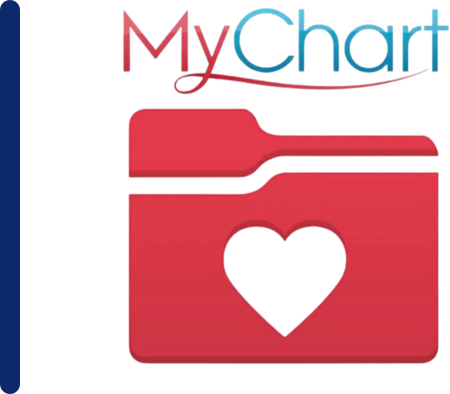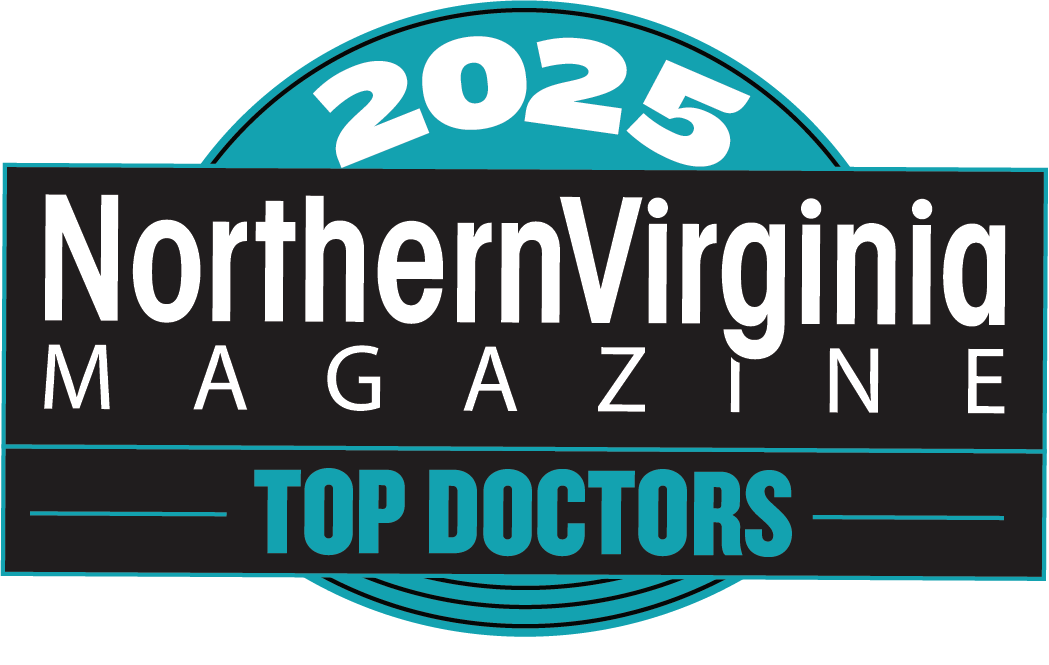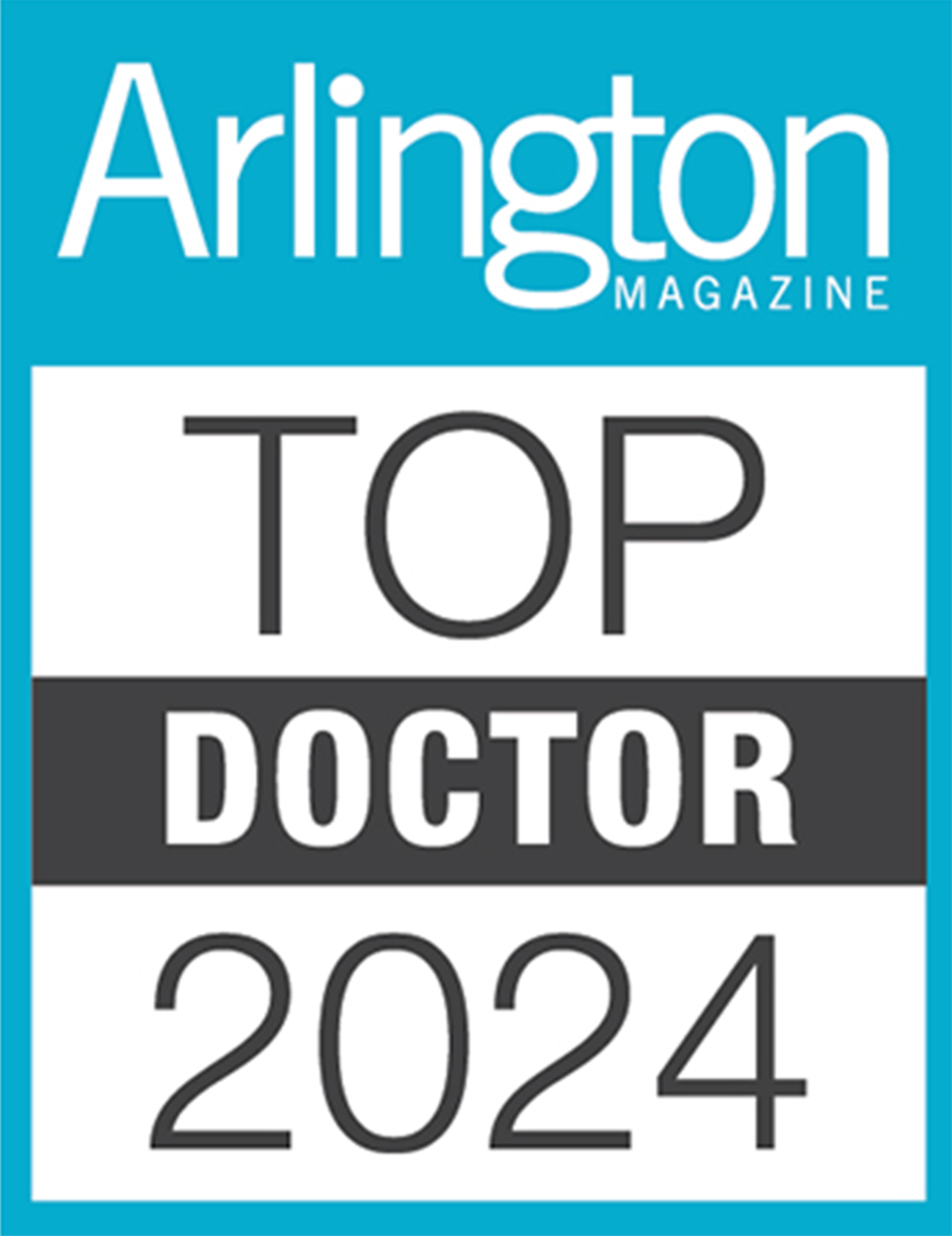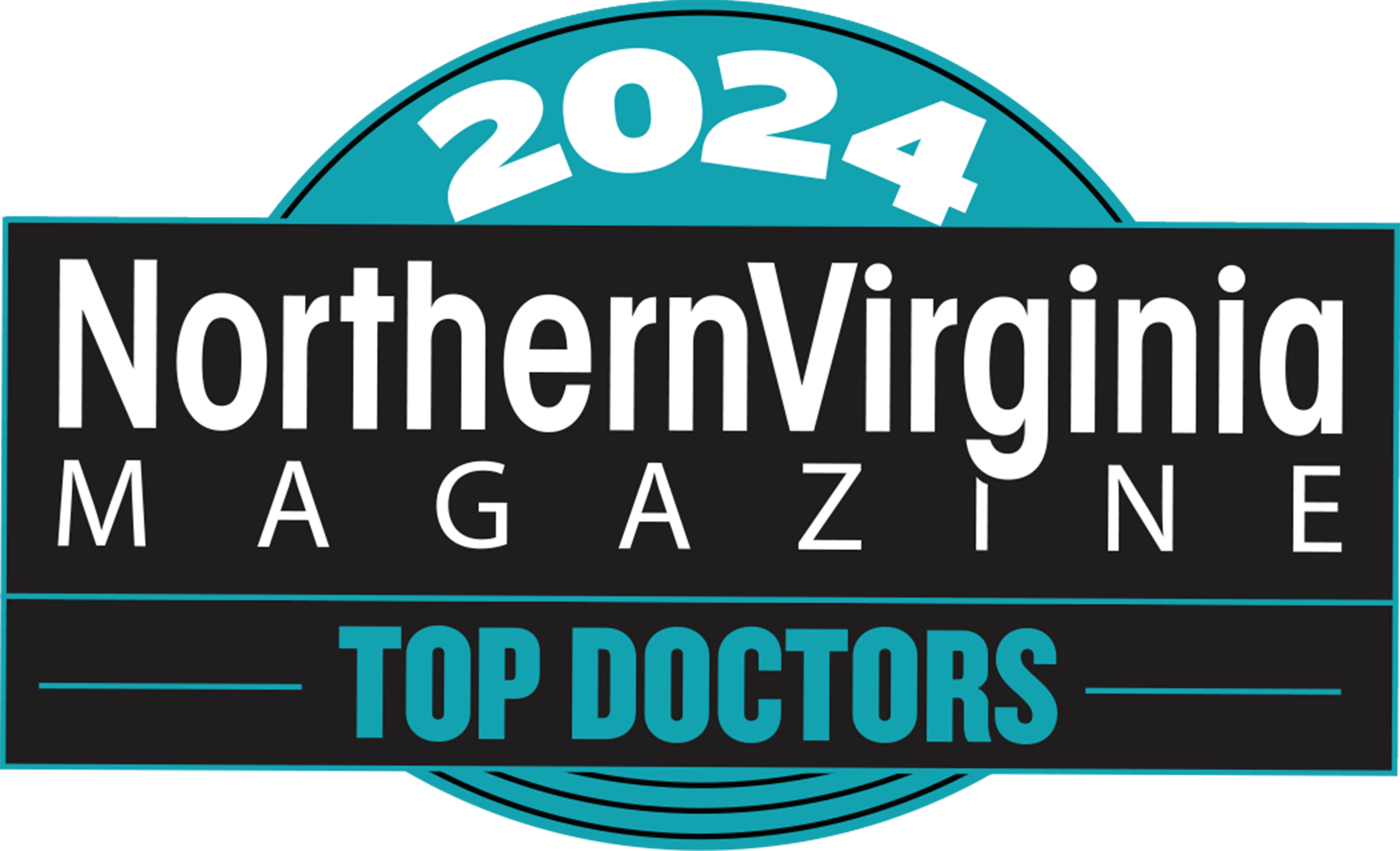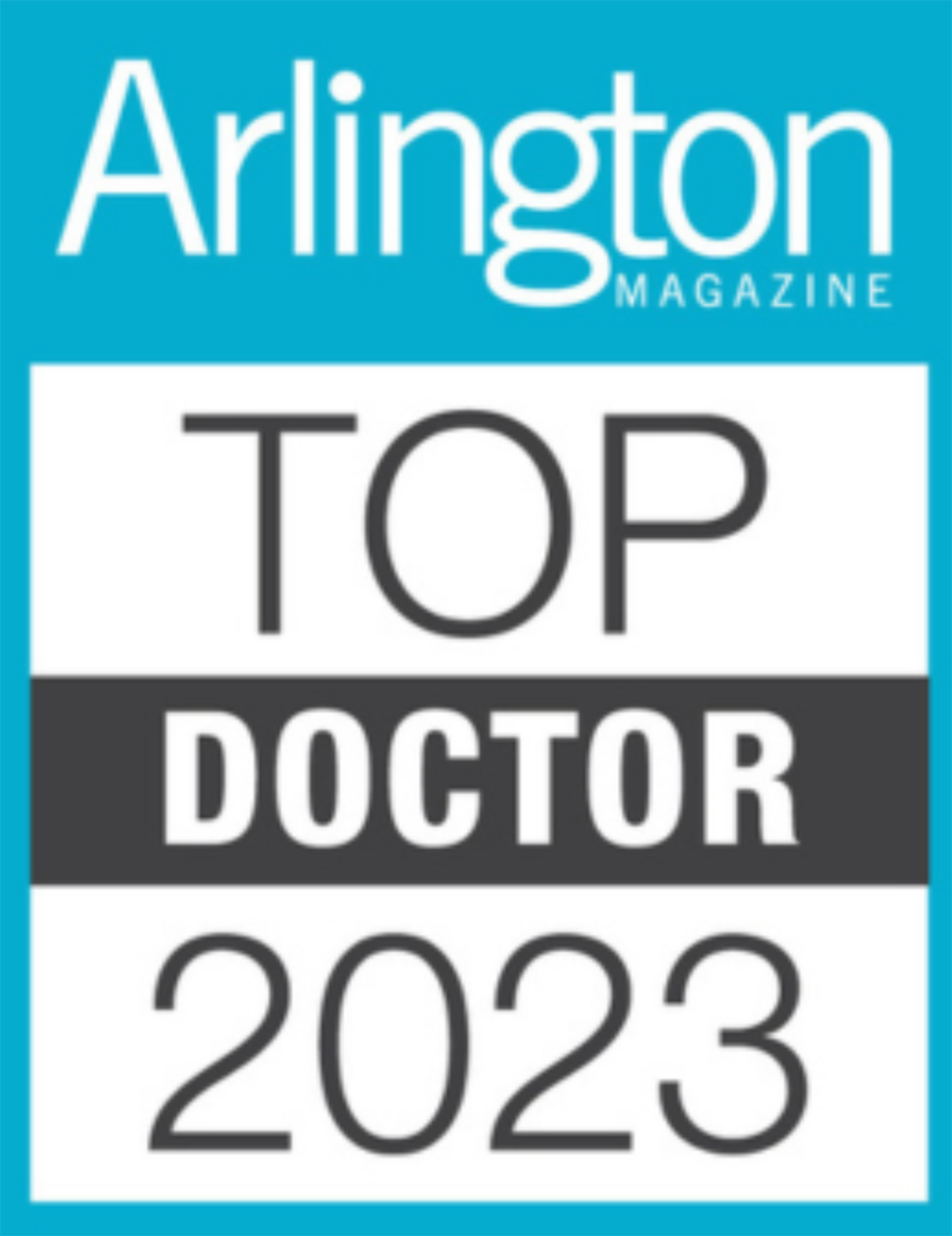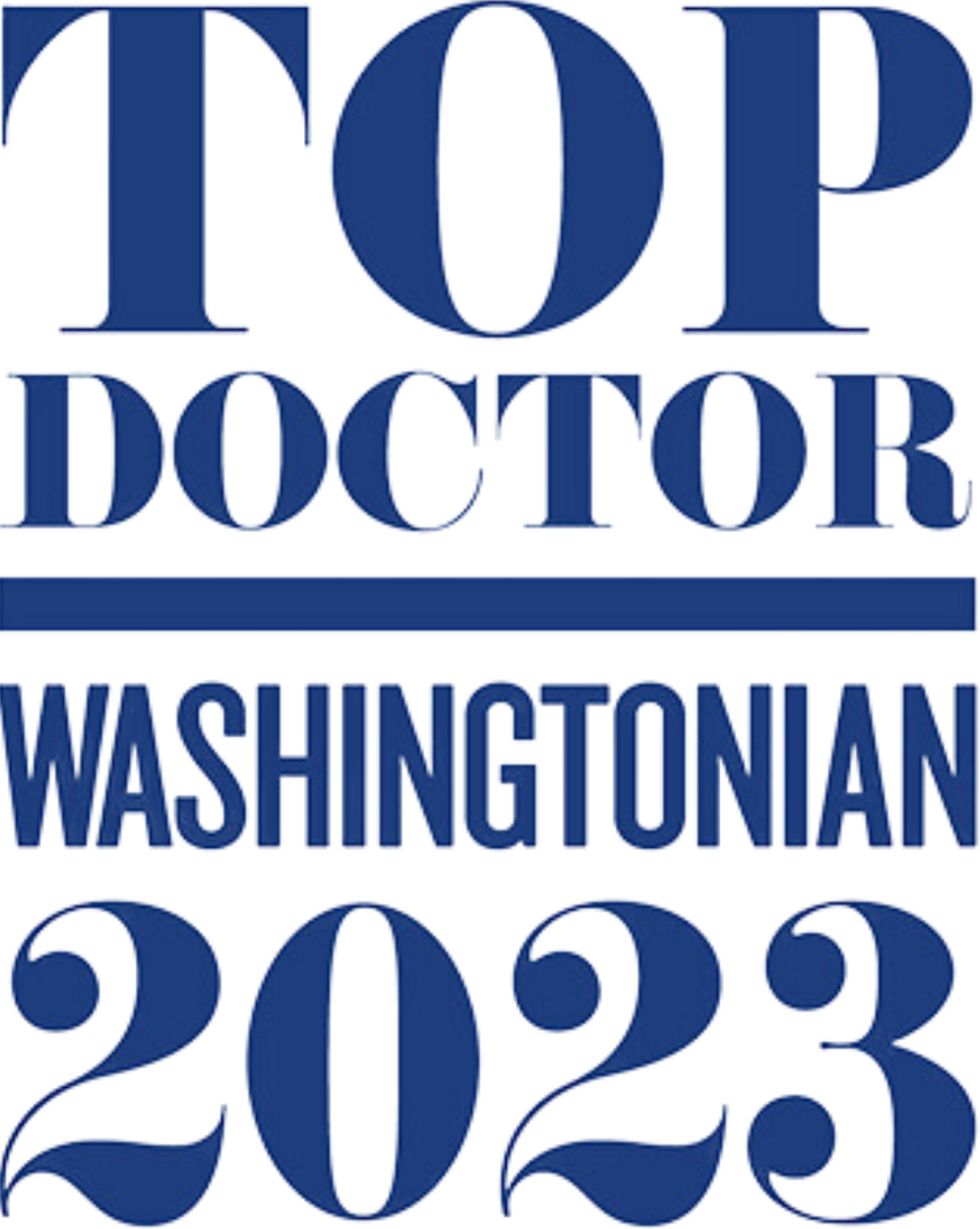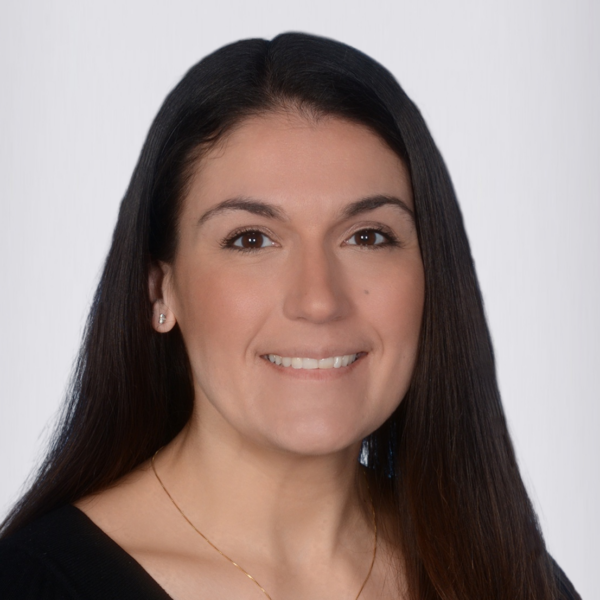
Anastasia Grivoyannis, MD
Speciality:
Language(s):
- English, Greek
Location(s):
Dr. Anastasia Grivoyannis is a board-certified pediatric anesthesiologist at Pediatric Specialists of Virginia’s (PSV) Ambulatory Surgery Center (ASC). She completed her fellowship at the renowned Children’s Hospital of Philadelphia and holds board certifications from the American Board of Anesthesiology and Pediatric Anesthesiology. Dr. Grivoyannis has been practicing in the Washington, DC area since 2018, having previously worked at Johns Hopkins School of Medicine, shifting to Northern Virginia in 2022.
With a passion for alleviating pain and suffering, Dr. Grivoyannis finds her daily work deeply rewarding. Her expertise is reflected in her research contributions to several key publications in anesthesiology and medicine. In addition to her clinical work, she has been a dedicated field worker with Médecins Sans Frontières since 2017, serving in humanitarian missions across Jordan, Liberia, and Nigeria, where she provided critical care in challenging environments. Dr. Grivoyannis is driven by a commitment to service and is continuously inspired by the global collaboration and learning opportunities her work provides.
Publications:
Grivoyannis AD, Tangel V, Lien CA. Vigilance: the behavioral impact of quantitative monitoring on administration and antagonism of neuromuscular blocking agents. Journal of Clinical Monitoring and Computing. 2022 Aug;36(4):1043-1051.
Kato MA, Zurakowski D, Adams A, Soelberg J, Staffa SJ, Bradford VA, Efune PN, Rodgers McCormick ME, Grivoyannis AD, Rossman Beel E, Correll LR, Cheon EC, Tan GM, Thomas JJ, Fernandez AM, Teng HC, Khanna N, Raman VT, Brzenski AB, Frugoni BJ, Sheth MM, Rugnath RM, Meier PM. Prevalence of COVID-19 and Risk Factors for Infection Among Pediatric Anesthesia Patients: A Report from the PEACOC Research Network. Anesthesia and Analgesia. 2022 Oct 21.
King MR, Staffa SJ, Stricker PA, Perez-Pradilla C, Nelson O, Benzon HA, Goobie SM; Grivoyannis AD in Pediatric Craniofacial Collaborative Group. Safety of antifibrinolytics in 6583 pediatric patients having craniosynostosis surgery: A decade of data reported from the multicenter Pediatric Craniofacial Collaborative Group. Paediatric Anaesthesia. 2022 Dec;32(12):1339-1346.
Maiga H, Grivoyannis AD, Sagara I, Traore K, Traore OB, Tolo Y, Traore A, Bamadio A, Traore ZI, Sanogo K, Doumbo OK, Plowe CK, Djimde AA. Selection of pfcrt K76 and pfmdr1 N86 Coding Alleles after Uncomplicated Malaria Treatment by Artemether-Lumefantrine in Mali. International Journal of Molecular Sciences. 2021 Jun 3;22(11):6057.
Grivoyannis AD in WorldWide Antimalarial Resistance Network Methodology Study Group. Temporal distribution of Plasmodium falciparum recrudescence following artemisinin-based combination therapy: an individual participant data meta-analysis. Malaria Journal. 2022 Mar 24;21(1):106.
Board Certifications:
- American Board of Anesthesiology; American Board of Pediatric Anesthesiology
Education:
Fellowship: Children’s Hospital of Philadelphia (2017)
Residency: New York Presbyterian Hospital–Cornell (2016)
Internship: University of Washington Affiliated Hospitals (2012)
Medical School: Weill Cornell Medical College (2011)
Undergraduate: Cornell University (2006)
- Foundation for Anesthesia Education and Research (FAER) Resident Scholar (2014)
- Merck Index Award for Outstanding Achievement in Chemistry (2006)

